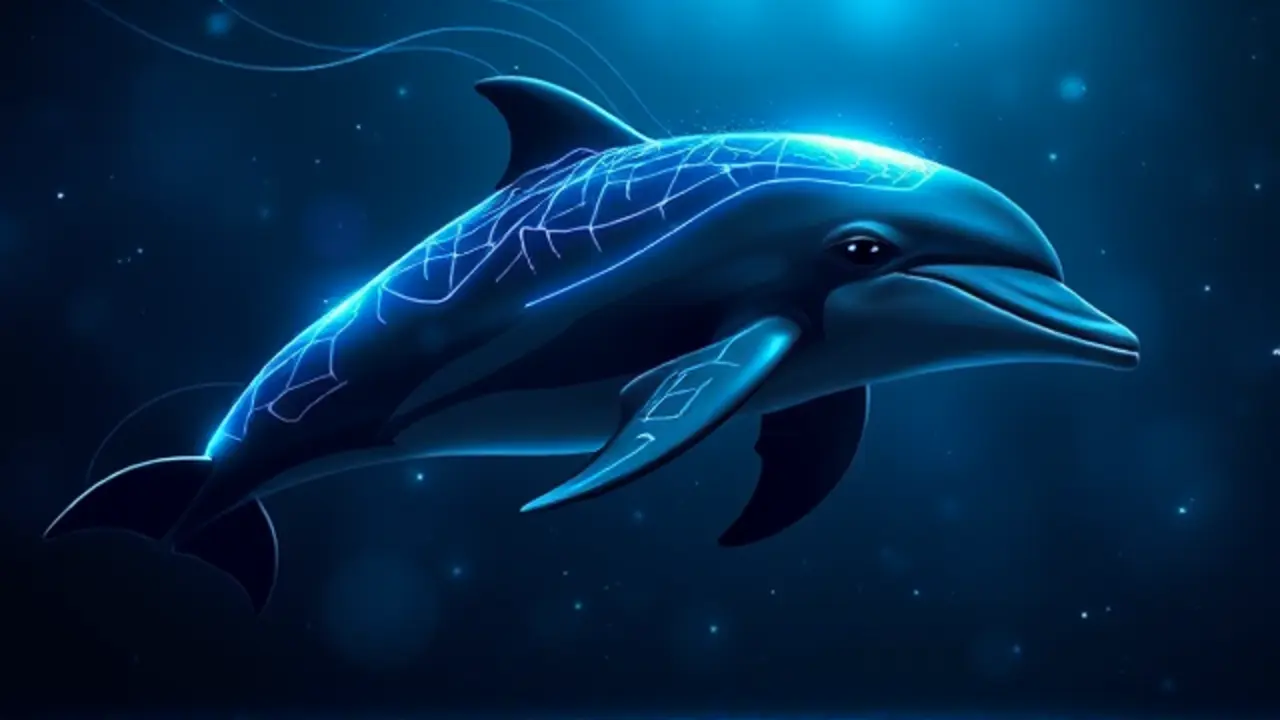Climate Change Linked to Alzheimer's-like Damage in Dolphins
The haunting specter of climate change has unveiled yet another insidious consequence, this time reaching into the very neurology of one of the ocean's most intelligent inhabitants. A growing body of scientific evidence is now drawing a direct and alarming line between the warming, polluted seas and the emergence of Alzheimer's-like brain damage in dolphins, a finding that serves as a grim proxy for the potential neurological toll on all life, including humanity.Researchers examining stranded dolphins have discovered the unmistakable hallmarks of this degenerative disease—clusters of toxic proteins known as beta-amyloid plaques and neurofibrillary tangles—pathologies once thought to be uniquely human afflictions. The primary suspect in this cognitive decline is a natural toxin called BMAA, produced by cyanobacteria, or blue-green algae, whose blooms are exploding in frequency, duration, and toxicity due to rising ocean temperatures and agricultural runoff.As these harmful algal blooms become a permanent feature of our altered coastlines, they enter the marine food web, concentrating in the fish that dolphins consume and, ultimately, crossing the blood-brain barrier to wreak havoc on neural tissues. This is not an isolated incident but a systemic failure; it is the direct result of a warming planet and our continued pollution of the aquatic environments that sustain global ecosystems.The implications are profound and extend far beyond the dolphin pods. It forces a chilling question: if a toxin amplified by our climate crisis can induce such devastating neural damage in a species renowned for its complex social structures and cognitive abilities, what silent, slow-moving threat does it pose to human populations exposed to the same contaminated water and food sources? The dolphins, it seems, are becoming the tragic sentinels of a planetary neurological crisis, their stranding a desperate signal from a world pushed to its physiological limits. This is more than an environmental story; it is a urgent warning about the interconnectedness of planetary and brain health, a call to recognize that the fate of the natural world is inextricably linked to our own cognitive future.
Latest News
JWST may have found the Universe’s first stars powered by dark matter
4 days ago0 comments
Indian Startup Airbound Raises $8.65M for Rocket Drone Deliveries
4 days ago0 comments
Nobel winner warns Europe is losing tech race.
4 days ago0 comments
Chinese Scientists Restore Ancient Love Poem with AI
4 days ago0 comments
Scientists build artificial neurons that work like real ones
4 days ago0 comments
Popular hair-loss pill linked to depression and suicide
4 days ago0 comments
This new blood test can catch cancer 10 years early
4 days ago0 comments
Hong Kong Entrepreneur Fights Dementia with Cultural Games
4 days ago0 comments
It’s quiet here...Start the conversation by leaving the first comment.
© 2025 Outpoll Service LTD. All rights reserved.
